Introduction
This article provides an in-depth exploration of AC DC power supplies.
Topics covered include:
- Working principles of AC DC power supplies
- Different types of AC DC power supplies
- AC DC wall adapters and plug-in power supplies
- Applications and advantages of AC DC power supplies
- Additional relevant information
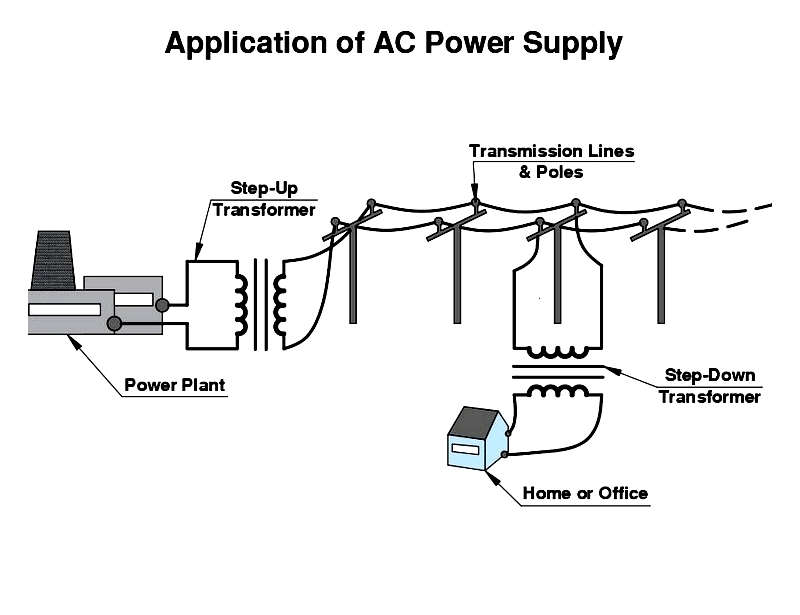
Chapter 1: Understanding AC and DC Power Supply Fundamentals
This chapter covers basic concepts including power supply definitions, characteristics of AC and DC power supplies, and their construction and operation principles.
Power Supply Definition
A power supply converts electricity from mains or other sources into specific voltage and current levels required by electrical devices, ranging from household appliances to industrial equipment.
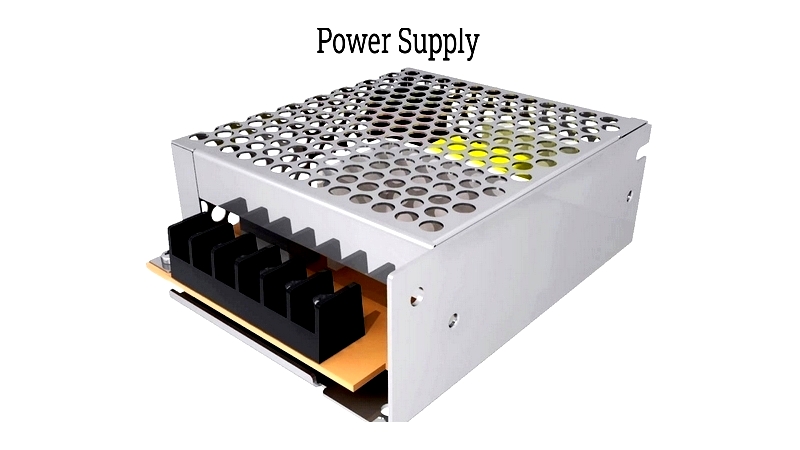
Electrical devices have manufacturer-specified voltage and current requirements. Failure to meet these may cause malfunction or damage. Regulated power supplies maintain steady output despite load or input variations, while unregulated supplies fluctuate with input changes. Power supplies may be external (like chargers) or internal (as in TVs). They can convert AC or DC input to DC or AC output.
AC and DC Power Supplies Explained
Direct current (DC) flows steadily in one direction, typically from batteries or solar panels.
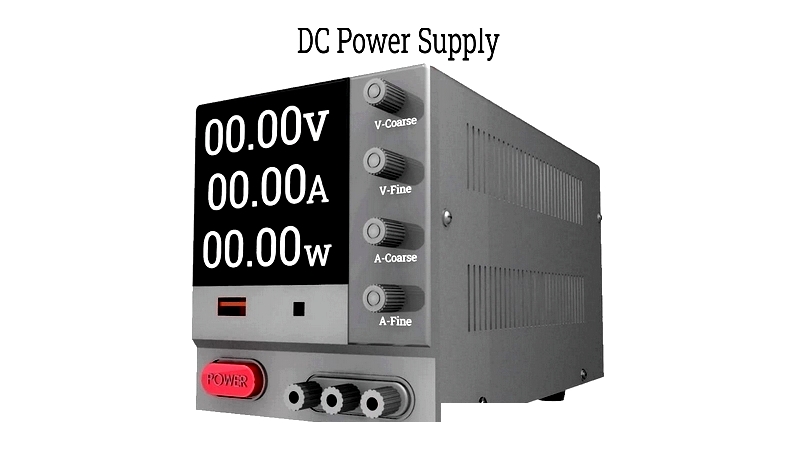
Alternating current (AC) periodically reverses direction, changing electron flow direction.
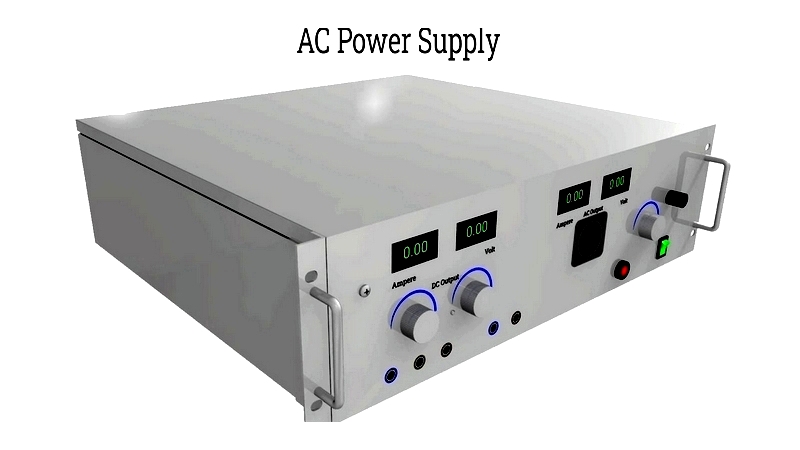
Power plants generate and transmit AC electricity to homes.
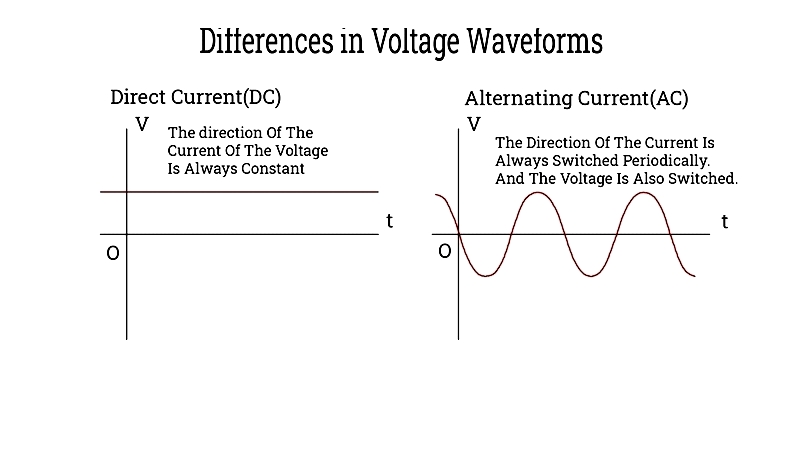
DC maintains constant voltage with unidirectional flow, while AC voltage reverses, causing current direction changes.
AC/DC Power Supply Characteristics
AC current direction continuously alternates, potentially causing phase shifts in circuits with inductors or capacitors. DC maintains stable voltage and current, ensuring predictable component behavior.
AC circuits may experience reactive power as energy oscillates between source and load. DC's unidirectional flow ensures all current reaches the load, improving power efficiency.
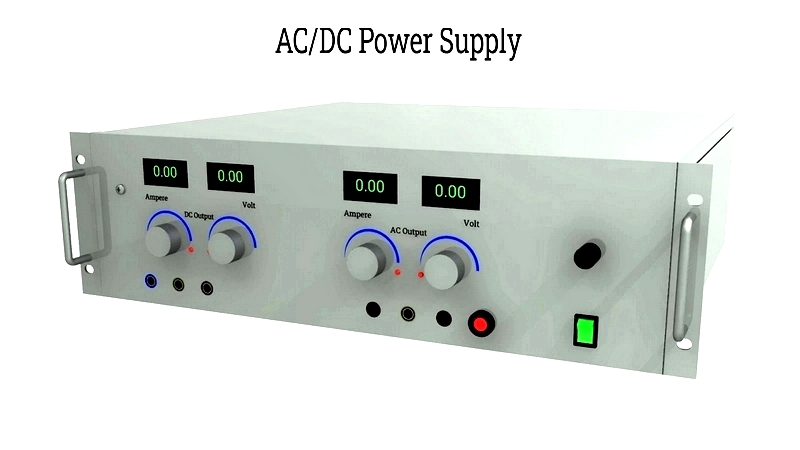
Interrupting high-voltage DC circuits can be hazardous, while AC's periodic zero crossings make interruption safer.
DC voltage adjustment often requires AC conversion and reconversion. Batteries primarily produce DC, ideal for battery-powered devices.
While homes use AC, electronics like computers require DC, achieved through rectifiers. Data centers increasingly use DC to avoid conversion losses.
AC/DC Power Supply Construction
Each AC-DC power supply has unique design elements:
Functional Capabilities
Regulated supplies maintain constant output despite load/input changes. Unregulated supplies vary with input. Adjustable supplies allow user-defined output. Isolated supplies electrically separate input and output.
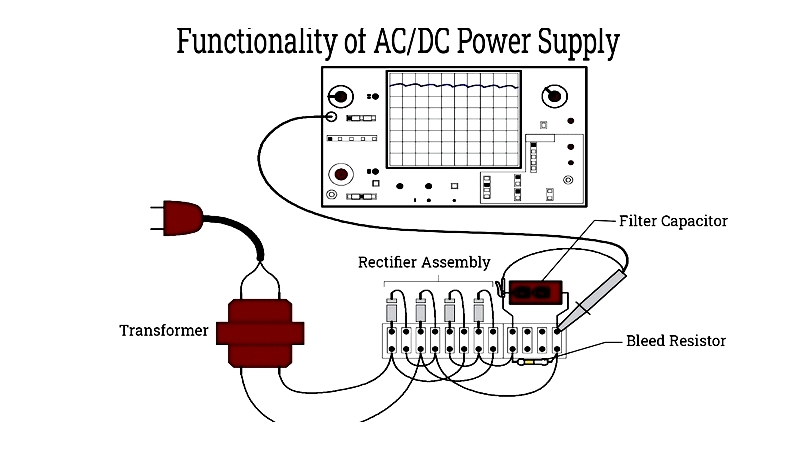
Packaging Varieties
Bench supplies are standalone test units. Open-frame models lack full enclosures. Rack-mount units fit standard racks. Integrated supplies share circuit boards with loads. External supplies (adapters) incorporate into power cords. Wall warts are compact plug-in supplies.
Power Conversion Methods
Linear supplies directly process voltages. Switching supplies convert input to pulses first, operating more efficiently with less heat generation.
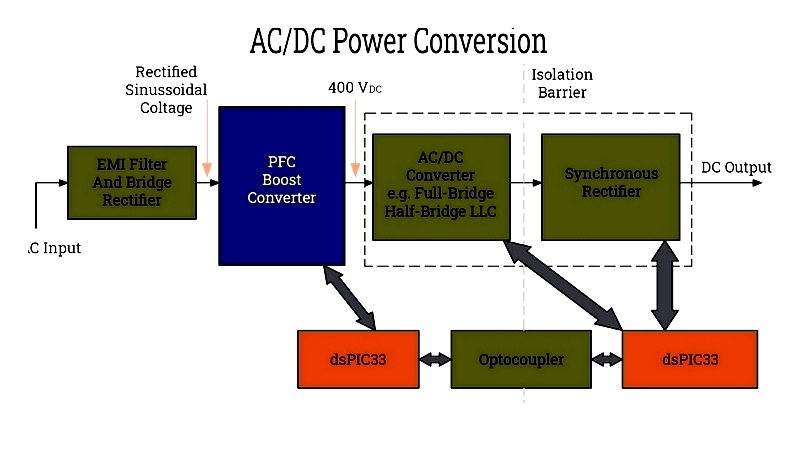
AC/DC Power Supply Operation
Supplies receive 230V AC (or regional equivalent), step it down to 9V-24V, convert to DC, smooth ripples, and regulate output. Linear supplies use diodes; switching supplies use transistors. Resulting DC powers electronics.
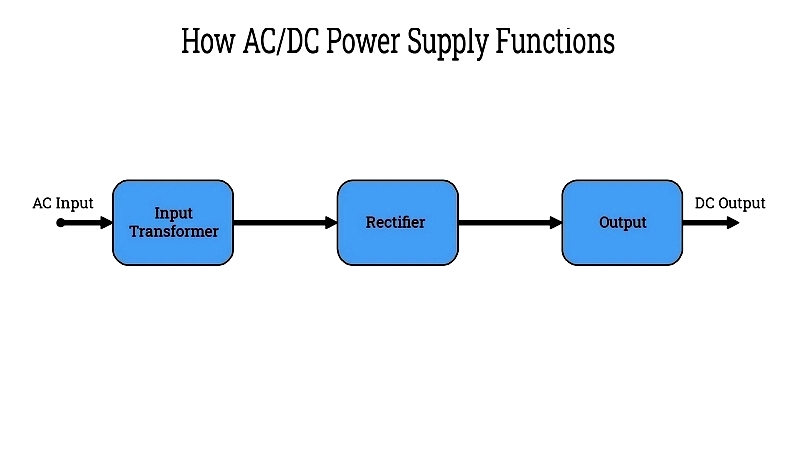
Power Supply Selection Criteria
Input Voltage Range (VIN) - Specifies required AC input range (single/three-phase). Many devices accept 85-264VAC at 47-60Hz. Some supplies offer interchangeable blades for regional compatibility.
Output Voltage (VOUT) - Determines required output range. Adjustable outputs suit variable applications like LED lighting.
Maximum Current (IOUT) - Identifies peak current needs. Parallel-capable supplies may increase capacity.
Output Regulation - Critical for applications sensitive to ripple or current fluctuations.
Physical Dimensions - Ensure adequate space for supply and accessories.
Enclosure and Cooling - Consider fan-cooled or externally cooled options. Many include over-temperature protection.
Temperature Range - Verify operation from -40°C to +50°C.
Derating Factors - Account for environmental impacts on performance.
Compliance Standards - Check for required certifications (IP20, IP22, 60601) like TUV, EN, or UL.
Understanding these parameters ensures proper power supply selection for specific applications.
Chapter 2: AC-DC Power Supply Types
AC-DC power supplies convert grid AC to device-required DC. Understanding supply types is essential for industrial, commercial, residential, and consumer applications. Below we categorize primary PSU types with their principles, advantages, outputs, and applications.
Unregulated Power Supply
These use AC input stepped down by transformer, rectified to DC (typically 9V, 12V, 15V, 24V), and smoothed by capacitor. Lacking voltage regulation, output varies with input.
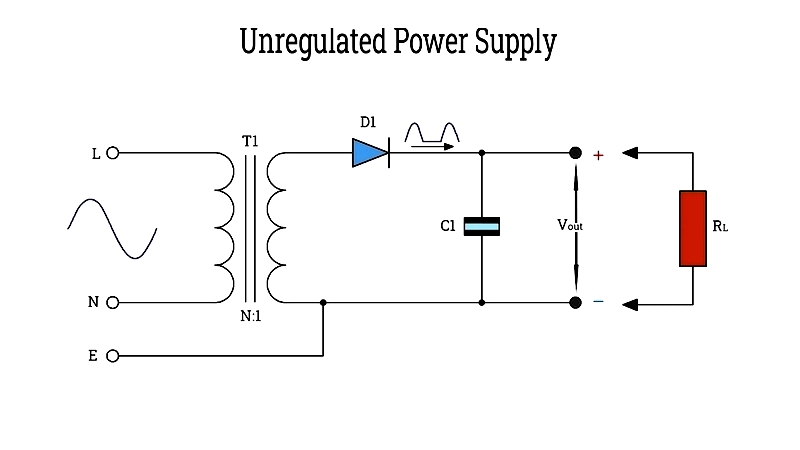
Simple design offers ~60% efficiency and durability. Used in electromechanical applications tolerating voltage variations (contactors). Types include half-wave, full-wave center-tapped, and bridge rectifier configurations.
Applications: Simple motors, relays, solenoid valves, lamp circuits where voltage precision isn't critical. Cost-effective for robust applications.
Switching Power Supply
MOSFET technology improved efficiency and reduced heat versus linear transformers, despite complex design.
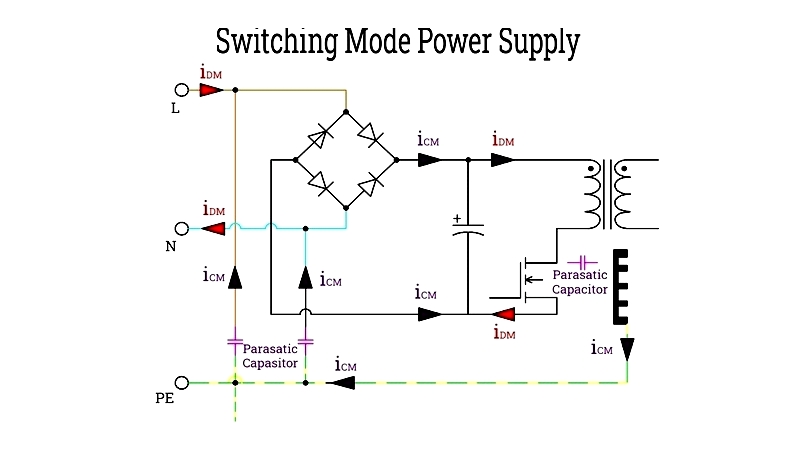
Input voltage rectifies/filters, converts to high-frequency pulses via DC chopper, then rectifies/filters to DC output, enabling smaller transformers.
Features: 80-90% efficiency in computers, telecom, LEDs, chargers. Meets ENERGY STAR/Level VI standards.




